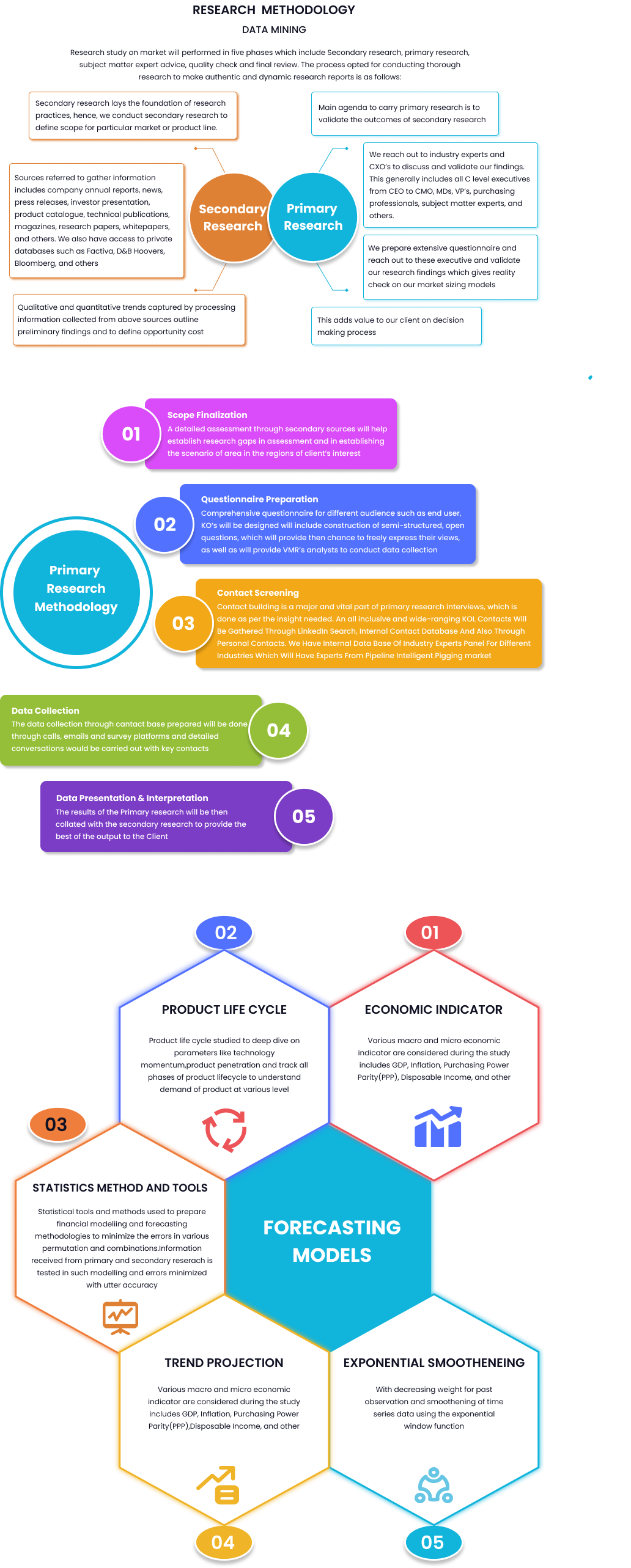
Global Terpene Resins Market By Type (Solid, Liquid), By Application (nks & Coatings, Adhesives & Sealants, Chewing gums), By Region, And Segment Forecasts, 2023 to 2032
Report Id: 44163 | Published Date: May 2024 | No. of Pages: 10 | Base Year for Estimate: May 2024 | Format:
The global terpene resins market is experiencing robust growth, driven by their versatile applications across various industries. Terpene resins, derived from natural sources such as pine trees, are valued for their adhesive properties, compatibility with other resins, and eco-friendly nature. These resins are used in adhesives, inks, coatings, and rubber, among other applications.
The global terpene resins market was valued at USD 18.31 billion in 2023 and is projected to reach USD 21.51 billion by 2032, growing at a compound annual rate of 10.2% during the forecast period 2023-2032. The market is expanding as a result of rising terpene demand in end-use sectors such as cosmetics, food and beverages, paint and coating, pharmaceuticals, rubber and more.
Premium Insights:
As industries increasingly focus on sustainability, terpene resins, being naturally derived and biodegradable, are gaining traction as a greener alternative to synthetic resins.
The rising demand for high-performance adhesives in packaging, automotive, and construction industries is significantly boosting the terpene resins market.
Global Terpene Resins Market Dynamics:
Drivers: Usage in printing inks and coatings, versatile properties and rising demand for natural and bio-based products
The growing focus on sustainable printing practices and eco-friendly coatings creates an opportunity for terpene resins. They can be used as binders or additives in printing inks and coatings, offering a more environmentally friendly alternative.
Terpene resins offer a unique combination of properties, including adhesion, flexibility, water resistance, and barrier properties. This versatility makes them valuable ingredients in a wide range of products.
Consumers are increasingly seeking natural and bio-based ingredients in various applications, including adhesives, coatings, and pharmaceuticals. Terpene resins, derived from renewable plant sources, cater to this growing demand for sustainable solutions.
Restraints: Price fluctuations of raw materials, problems with availability and consistency, competition from well-established products and regulatory problems
The cost of terpene resins can be sensitive to fluctuations in the prices of raw materials, such as pine trees or other plant sources. This can impact market stability and potentially hinder wider adoption.
The availability and consistency of terpene resins can vary depending on the source and processing methods. Ensuring consistent quality and reliable supply chains are crucial for market growth.
Terpene resins face competition from well-established synthetic alternatives with lower upfront costs. Demonstrating their performance benefits and cost-effectiveness over the long term is essential for wider acceptance.
Navigating regulatory hurdles and obtaining approvals for the use of terpene resins in specific applications (e.g., pharmaceuticals) can be a time-consuming process, potentially delaying market entry for new products.
Opportunities: Expansion into new applications, strategic partnerships with different industries and advancements in processing technologies
Research into the properties and functionalities of terpene resins is unlocking new applications in sectors like food additives, personal care products, and agricultural applications.
Partnerships between terpene resin producers, manufacturers, and research institutions is fostering innovation, application development, and wider market adoption.
Developing more efficient and cost-effective methods for extracting and processing terpene resins can improve their affordability and competitiveness.
Market By Terpene Resins Type Insights:
Based on type, the market is segmented into solid and liquid. Solid is expected to remain the largest segment during the forecast period. Terpene raisins are produced and provided in solid forms, such as flaked, powered and granular is used in a variety of processes such as the production of chewing gum, paper, leather, pulp and many other products.
Based on grade type, the market is segmented into industrial and technical. During the projection period, the technical segment will lead the market. The terpene resins market's technical section expansion encompasses a broad range of applications across various industries.
Market By End-Use Insights:
Terpene resins are extensively used in the production of adhesives and sealants, owing to their superior tackiness, adhesion, and compatibility with other materials. The packaging, automotive, and construction industries are major consumers.
Market By Region Insights:
Based on regional coverage, the global terpene resins market is segmented into North America, Europe and Asia-Pacific. North America is a significant market for terpene resins, driven by the strong demand from the packaging, automotive, and construction industries. The presence of major manufacturers and a focus on sustainable materials are key growth factors. Although Asia-Pacific dominated the market in 2021.
Competitive Scenario:
Major players in the market include Eastman Chemical, Kraton, Mangalam Organics, Yasuhara Chemicals, BOC Sciences, Skyrun Industrial, and Grenhall Industries among others
Scope of Work-Global Terpene Resins Market
Key Market Developments:
In recent years, several key players have engaged in acquisitions and mergers to strengthen their market position and expand their product offerings. For example, in 2021, DRT was acquired by Firmenich, enhancing its capabilities in the production of high-quality terpene resins.
To meet the growing demand, several manufacturers are expanding their production capacities. For instance, Kraton Corporation announced the expansion of its production facilities to increase the output of high-performance terpene resins.
Frequently Asked Questions (FAQs)
What are the main applications of terpene resins?
Ans. Terpene resins are primarily used in adhesives, inks, coatings, rubber, and chewing gum. Their excellent tackiness, adhesion, and compatibility with other materials make them suitable for these applications.
What factors are driving the growth of the terpene resins market?
Ans. Key drivers include usage in printing inks and coatings, versatile properties and rising demand for natural and bio-based products
Which regions are leading in the adoption of terpene resins?
Ans. North America is expected to dominate the market although the Asia-Pacific market is growing rapidly and had previously dominated the market in 2021.
What opportunities exist in the terpene resins market?
Ans. Opportunities include expansion into new applications, strategic partnerships with different industries and advancements in processing technologies

Speak with an analyst to get exclusive insights tailored to your needs
.png)
